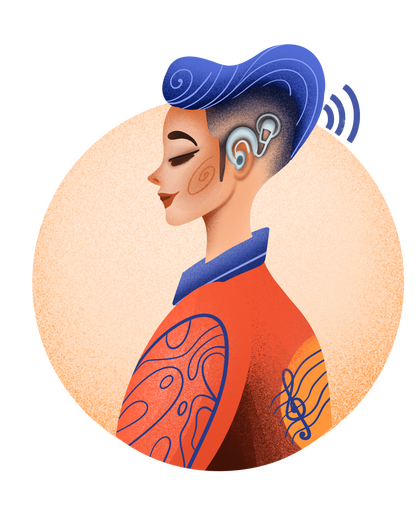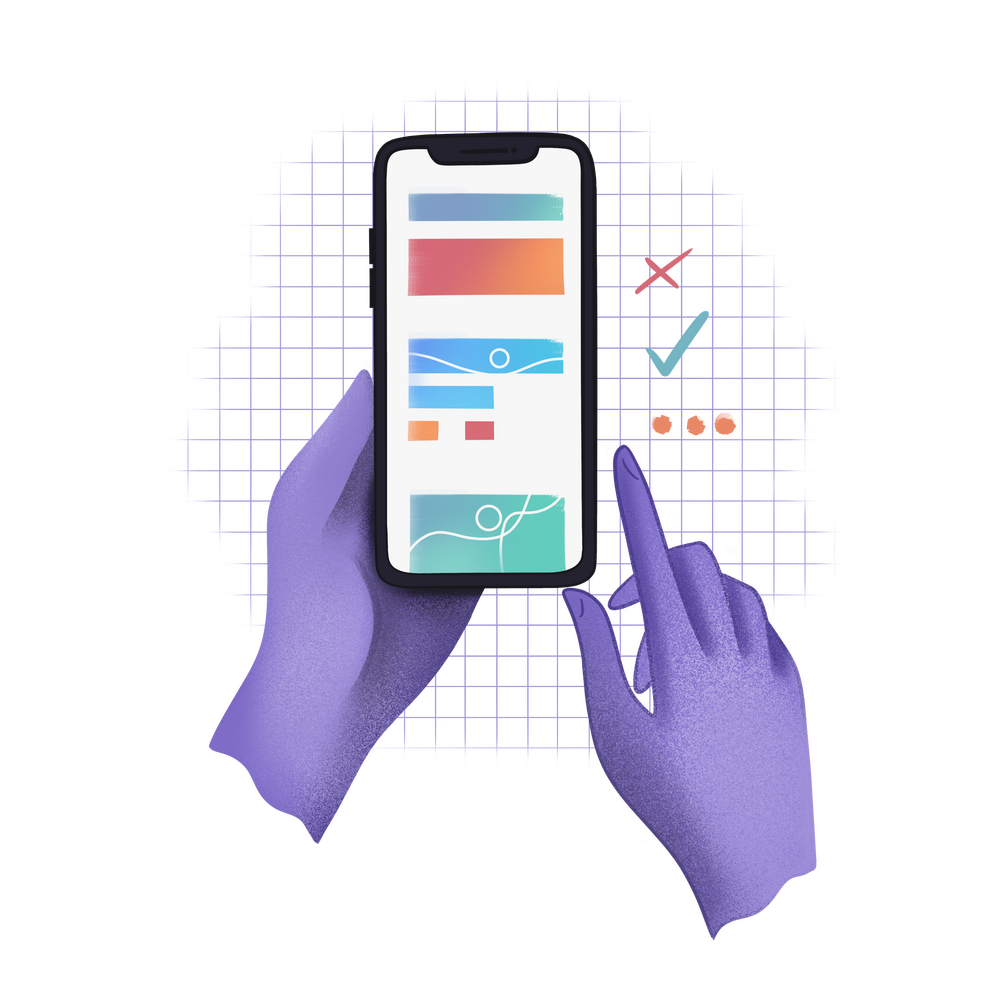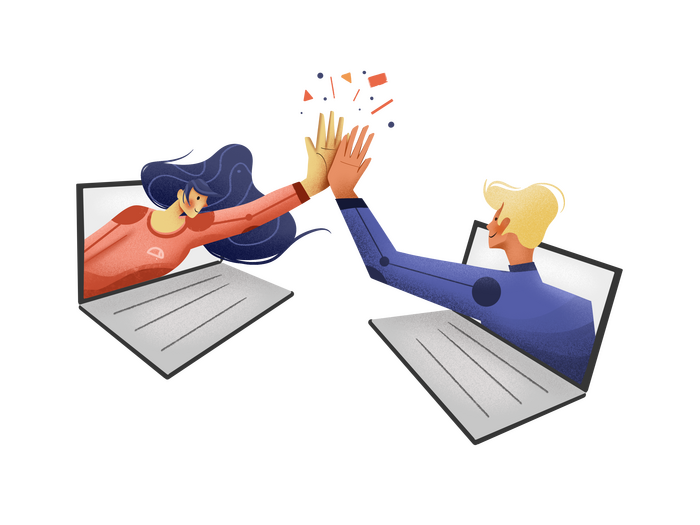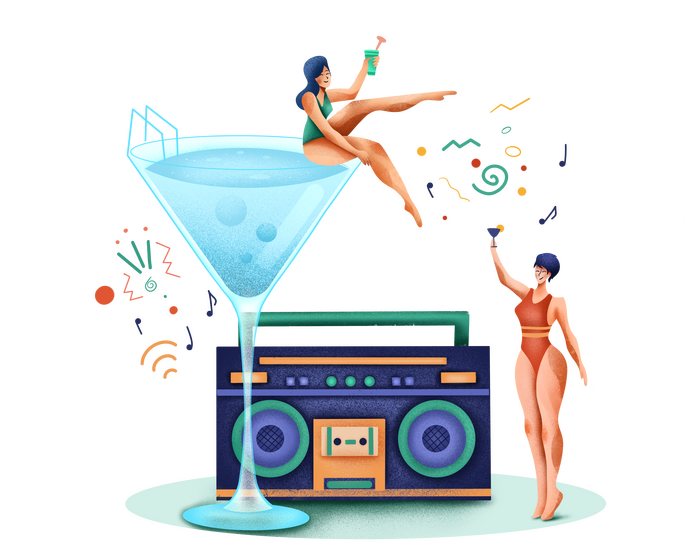This article was co-written with our friends at accessiBe.
Did you know the internet is not innately the same for everyone, like people with disabilities? Did you know that you, a Shopify merchant, can change that?
At the end of 2019, Forbes released an article about the experience of online shopping for people with visual impairments, which introduced us to a woman left crying because she couldn’t tell if her online purchase went through and a heartbroken man who wasn’t able to surprise his wife with a holiday gift.
It’s a difficult read, and shows just how far behind many websites are in terms of accessibility. The fact is: people with disabilities are online, they want to do business, and they want to do business with you. (Psst. The U.S. government wants that, too, and there are major implications for website owners in 2021.)
Unless you have a disability of your own or know someone who does, the importance of web accessibility may never have crossed your mind. The internet is just the internet, right?
Definitely not.
The internet is as accessible to people with certain disabilities as stairs are to someone in a wheelchair--and yet, accessibility on the web is not a frequent topic of conversation. We’d like to change that.
Ahead, a crash course in:
-
- how having particular disabilities can affect a user’s experience on the internet
- why web accessibility is important
- what you can do to make sure you’re providing the best possible experience for every potential customer who lands on your website
- how having particular disabilities can affect a user’s experience on the internet
Why the Internet Is Difficult to Use for People With Disabilities
Exactly how a user’s internet experience is limited is just as variable as the type and severity of disabilities themselves. That said, here are three commonly encountered hurdles:
-
- Learning how to use the internet can be difficult, confusing, and often embarrassing for first-time users. For people with severe physical and cognitive disabilities, the learning curve can be steep and frustrating, leading many to give up.
-
- Depending on the degree of disability, a person may need to purchase assistive technology to help them use a computer. Although these tools have the potential to significantly improve one’s life, they’re often prohibitively expensive.
- Even if people with disabilities have the latest technology and the energy and willpower to use them effectively, many websites are not compatible with third-party tools--rendering all that investment (personal and financial) totally useless.
- Depending on the degree of disability, a person may need to purchase assistive technology to help them use a computer. Although these tools have the potential to significantly improve one’s life, they’re often prohibitively expensive.
If you’re interested in learning more about the obstacles web users with impairments face, take a look at UW’s course module on web accessibility. There, you’ll find a collection of activities, videos, and other informational resources.
What Happens When the Internet Is Accessible
It’s simple: more people have a chance for success.
Imagine having no way to use the internet in 2020. Maybe you had a job, but you lost it during the pandemic. You’d love to land one of those work-from-home gigs, but the ability to use the internet is integral to any position you’d find. Now what?
This kind of heartbreaking deadend is happening all time for people with disabilities, and not just during a pandemic. It’s imperative that website owners and administrators do our part to put this powerful tool in the hands of anyone who wants to use it.
When we do, things like this happen:
Michael Curran and James Teh are the creators of NVDA (NonVisual Desktop Access), which provides free screen-reading technology for people with visual impairments. Both blind themselves, Michael and James’s non-profit NV Access has translated the NVDA software into 55 languages and opened the internet to millions of people around the world.
(Source)
NVDA users no longer have to rely on others to find information, go shopping, or apply for a job. The software empowers people with visual impairments to engage independently with everyday life (which is becoming ever-more-digital by the day).
Giving people with disabilities access to the internet is not charity, and it’s not just to make their lives better either. If you’re a Shopify merchant, it’s worth remembering that people with disabilities are paying customers too. How much are you leaving on the table by ignoring this group?
What Can You Do to Make the Internet Accessible?
So, let’s assume that someone with a physical or cognitive impairment wants to use the internet and has the tools to do so. That should be it, right?
*sharp inhale through teeth* Not quite.
There’s just one last hurdle: us, the website owners.
In order for third-party tools to do any good, the website itself must be equipped to interact with them. This means that:
-
- All images should have alt text
- Buttons should be properly labeled so that a screen reader can describe them to the user
- A person with a custom keyboard should be able to easily tab through a site without needing to use a mouse.
These are just a few fixes that will help people using assistive technology to navigate a site.
But wait--there’s more.
If a site is properly designed, people with milder disabilities won’t need to invest in expensive third-party technology. Simply offering visitors the option to adjust font size, easily navigate your website using shortcuts, and stop animations will make many of them feel more comfortable while browsing your site.
Leveraging AI to Make Your Shopify Store Instantly Accessible
You may be doing a little freaking out right about now:
“Why did you tell me all these sad stories?”
“How the heck did I not know this was going on?”
“How do I know what changes to make?”
“What if someone sues me for not being accessible?”
“Do I have to do this all myself???”
Remain calm.
There doesn’t have to be a ton of guesswork here. There’s a defined standard that, even to federal government agencies, is the recipe for making websites accessibility-compliant. These are the WCAG, or Web Content Accessibility Guidelines. You can read more about these guidelines and the history of the legislation in this blog post.
The bad news is that your website now needs to be examined and evaluated, line by line, to spot accessibility issues or elements that are not WCAG-compliant--and then those issues need to be resolved.
Unless you're an accessibility expert with a lot (a...LOT) of time on your hands, your attempts at repair are guaranteed to resemble one of those Pinterest cake recreations gone bad.
Nightmare fuel.
So what do you do? (Yes, we’re about to pitch something; but it’s a really good something we use ourselves so just hear us out.)
You use an AI-driven web accessibility solution like accessiBe.
accessiBe is an industry-leading web accessibility solution that uses AI and automation to scan a website, determine the purpose of each and every element, and then remediate any non-compliant ones to meet accessibility standards--all automatically, within 48 hours. All you have to do is implement one line of JS code.
The AI nature of the solution significantly reduces the time and cost that manual compliance-checking and troubleshooting requires, making web accessibility for all achievable and affordable.
Even after the initial accessibility hiccups on your website are rectified, the AI stays on board to perform round-the-clock maintenance scans to ensure that other changes you make in the future are fully compliant as well.
While you bask in the peace of mind that your website is accessible, your users will be greeted with an interface that allows them to easily adjust your website to their needs, a la this:
Adjustments are only visible to the users who choose to make them and won’t affect your Shopify store’s performance or design for users who aren’t interested in accessibility adjustments.
The internet shouldn’t exclude people with disabilities (duh) and web accessibility doesn’t have to be a sore point for Shopify store merchants. It’s our responsibility to make the world accessible, and luckily, we can do it with a click of the button.
Questions about how accessiBe works? Need some help getting it installed on your store and running smoothly? Feel free to drop us a line here, or check out the accessiBe website to learn more.

















